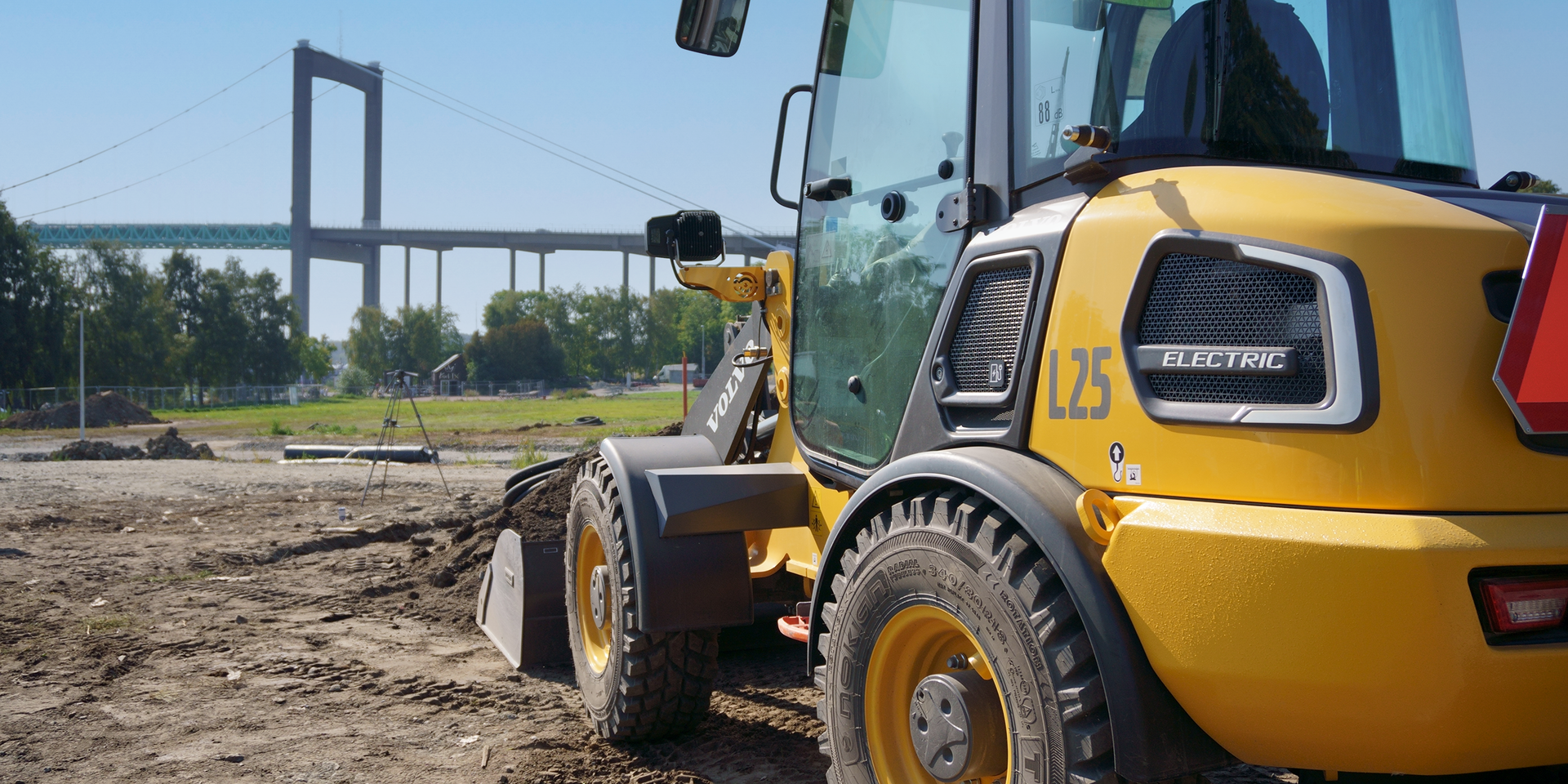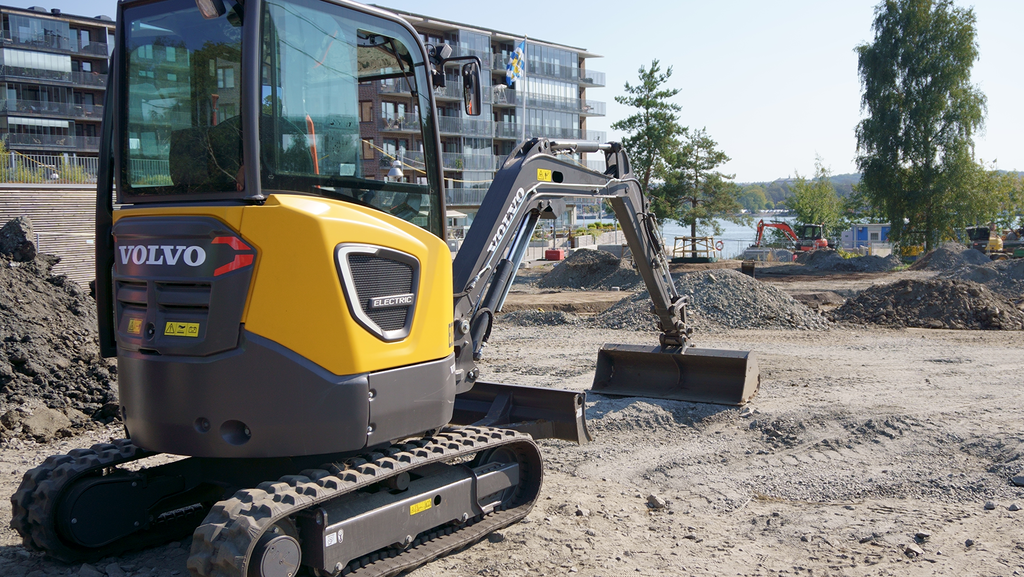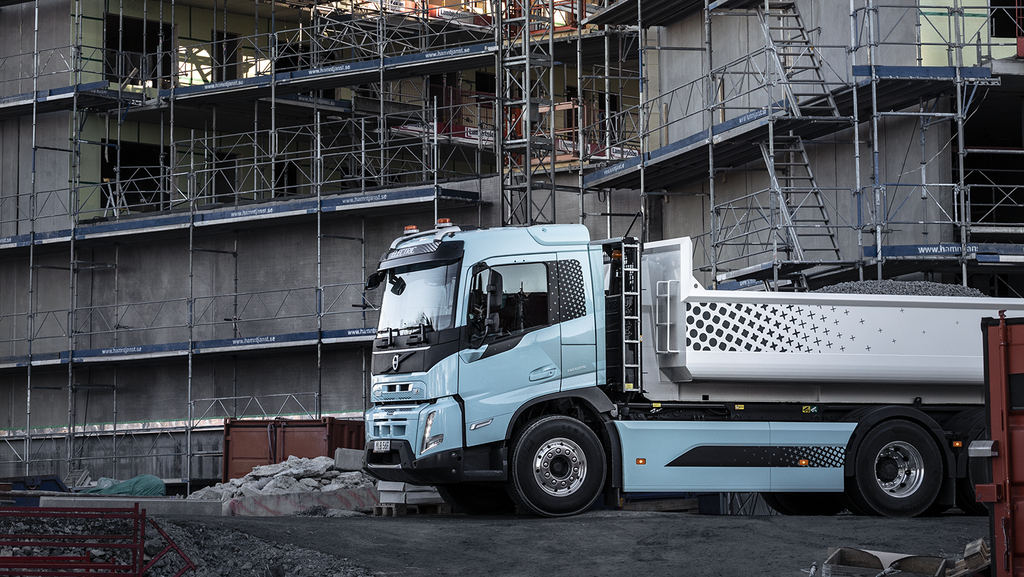Electrified construction sites
Within the ElectriCity collaboration, several projects are run that aim to electrify machines used at construction sites. Such a change can contribute to reduced emissions of greenhouse gases, reduced noise, cleaner air and a better living environment for both those who work on the sites and for those who live adjacent to them.

The actors within the Swedish construction sector have agreed on a common roadmap with the goal of reducing greenhouse gas emissions by 50 percent by 2030 and reaching net zero emissions in 2045. The use of electric work machines on construction sites, especially for energy-intensive earthworks of various kinds, is an important step for to achieve these goals and to reduce harmful emissions such as air and noise.
Therefore, the ElectriCity collaboration runs various projects that aim to accelerate a transition to electric work machines such as wheel loaders, excavators, feeding vehicles and maintenance vehicles.
Since several jobs performed by these machines require energy, the projects explore what scaling up could mean for our common electricity grid and could require in the form of, for example, energy storage.



